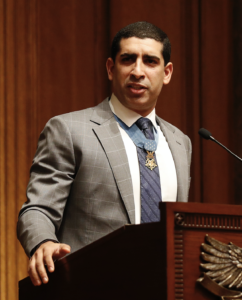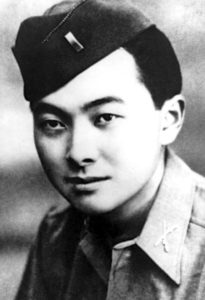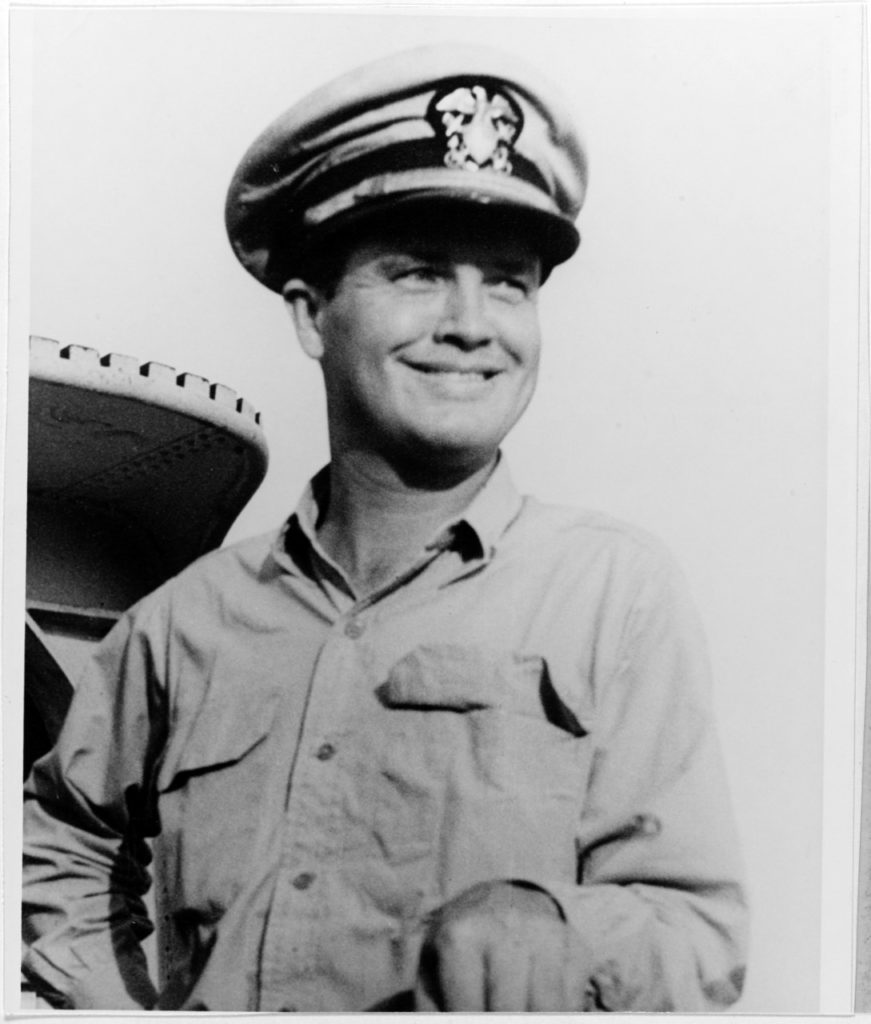
By the time of USS Harder’s (SS-257) fifth and most famous war patrol, CDR. Samuel Dealey had already established himself as one of the Navy’s top submarine skippers. Commanding the Gato-class submarine Harder, Dealey and his crew had sunk a reported 14 Japanese warships and other merchantmen (70,800 tons) in their first four patrols.
Departing from Freemantle, Australia on May 26, 1944, Dealey led the Harder to the Celebes Sea and the waters around the Japanese naval anchorage at Tawi-Tawi. Here Harder and USS Redfin (SS-272) were to attack Japanese warships and other merchantmen operating out of this important base.
On June 6, 1944, USS Harder entered the dangerous waters of the Sibutu Passage near Tawi-Tawi. There Dealey encountered a convoy of three tankers and two Japanese destroyers. Hoping to sneak up on this convoy, the Harder was detected on the moonlit surface, and was immediately set upon by one of the escorting destroyers – the Minatsuki. With the Japanese destroyer bearing down on the vulnerable sub, Dealey fired three torpedoes from its stern tubes at a range of 1,100 yards. Two of the torpedoes struck the Minatsuki, sending it to the ocean’s floor.
The very next morning, the Harder was detected by Japanese spotter aircraft and a nearby destroyer, the Hayanami, was sent to intercept the submarine. Dealey submerged and fired three torpedoes at the pursuing destroyer. Two of these torpedoes struck home, including one that hit the destroyer’s magazine. A tremendous explosion erupted within the Hayanami and the ship quickly slid beneath the waves.
Continuing the hunt, Harder moved silently into position to attack two enemy destroyers patrolling 6 miles outside of the Tawi-Tawi anchorage. Two of the four launched torpedoes fired struck the Tanikaze and she quickly sank. One of the four torpedoes also struck the second destroyer with devastating results. Set upon by depth charges from Japanese planes, the Harder dove deep to escape.
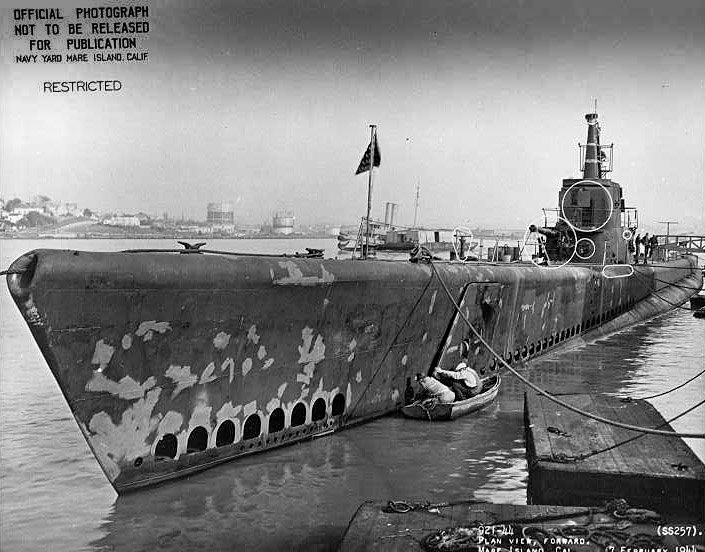
On June 10, 1944, the crew of the Harder located a large Japanese task force that included three battleships, four cruisers, and a host of screening destroyers. Before the Harder could attack this valuable formation, the sub was detected by a Japanese plane and one of the escorting destroyers made for the sub at flank speed. Rather than skulk away, the ever-aggressive Dealey called for a high-risk “down the throat” shot at the charging adversary. At 1,500 yards, Dealey fired three torpedoes and ordered the sub to dive. As the Harder passed 80 feet underneath the destroyer, two of the torpedoes struck the ship, sending shock waves through the submarine. After surviving two hours of intense depth charge attacks, the Harder surfaced and found no trace of the Japanese destroyer.
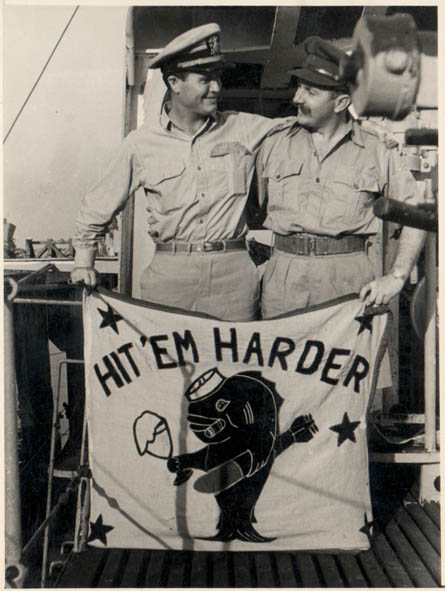
The USS Harder would end its 5th war patrol on July 3, 1944. Many consider this patrol as one of the most impressive of the war. Sam Dealey and his crew of the Harder had sunk three valuable Japanese destroyers, with another two as likely destroyed or heavily damaged. Harder’s impressive performance in sinking so many destroyers led the Japanese admiral in Tawi-Tawi to believe that his naval base was surrounded by US submarines. Fearful of the growing risks in these waters, Admiral Ozawa sortied with the Mobile Fleet a day earlier than planned. This premature departure, with location reports radioed into the US Fleet by Harder, upset Ozawa’s plan for the Battle of the Philippine Sea – which proved to be a major victory for the US Navy.
Sadly, Sam Dealey – the “Destroyer Killer” – and the crew of the “Him ‘Em Harder” USS Harder would not survive the war. During their fateful sixth patrol, the sub was sunk by depth charges near Dasol Bay on August 24, 1944. The USS Harder earned a Presidential Unit Citation for its aggressive exploits and CDR. Samuel Dealey was awarded the Medal of Honor posthumously.
Sam Dealey was a native of Dallas, Texas and a 1930 graduate of the United States Naval Academy.
Learn More
- Submarine Heroes – Samuel Dealey (Subsim)
- USS Harder (US Navy)
